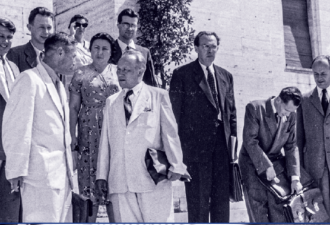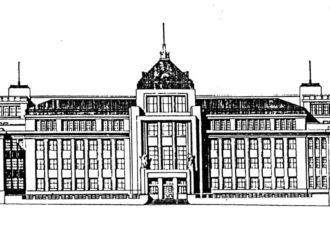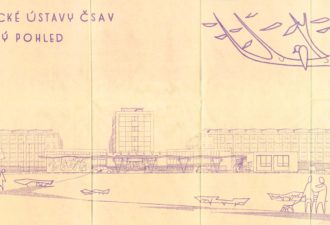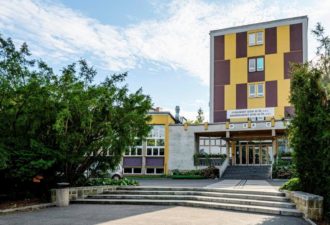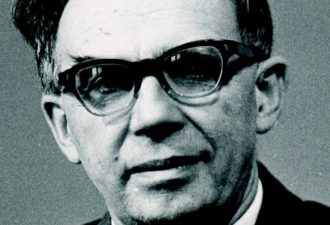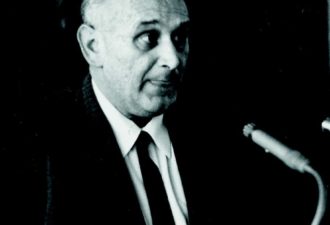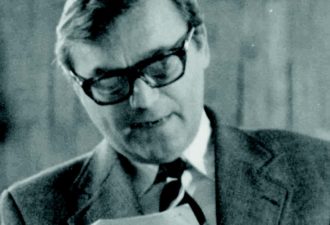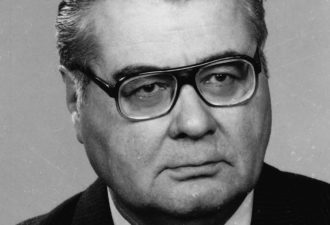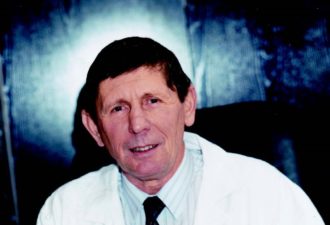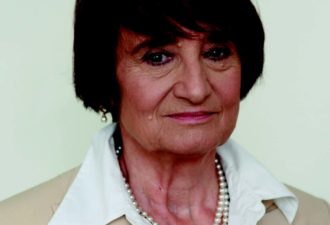History
History of the Institute of Microbiology
Founder
akad. Ivan Málek, MUDr., DrSc.
(28/9/1909 – 8/11/1997)
Professor Ivan Málek, founder and first director of the Institute of Microbiology, who made significant contributions to Czechoslovak microbiology.
He graduated from the Faculty of Medicine at Charles University and worked as an assistant at the Institute of Bacteriology and Serology of the Faculty of Medicine. In 1941–1944, he was employed at the National Institute of Public Health and in 1944–1945 he worked in the laboratories of Fragner’s pharmaceutical factory in Dolní Měcholupy. He was a professor of microbiology and immunology at the Faculty of Medicine of Charles University in Hradec Králové until 1950, when he became the director of the Central Institute of Biology. He was among the first important personalities of the Czechoslovak Academy of Sciences.
In 1952, he founded the Biological Institute of the Czechoslovak Academy of Sciences, and then managed this institute. In 1962–1970, he was the director of the Institute of Microbiology of the Czechoslovak Academy of Sciences. As a scientist, he participated in research and development of new drugs. He was at the beginning of domestic antibiotic research and was one of the founders of the Research Institute of Antibiotics in Roztoky near Prague.
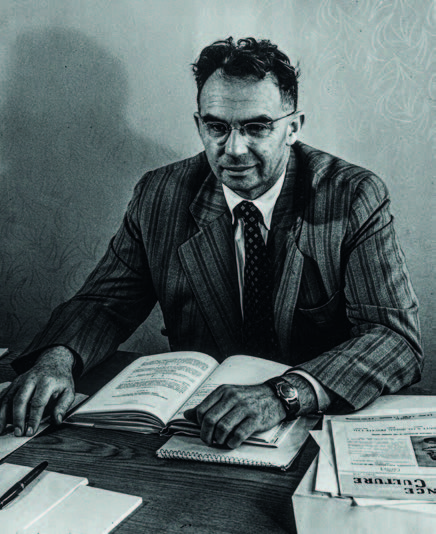
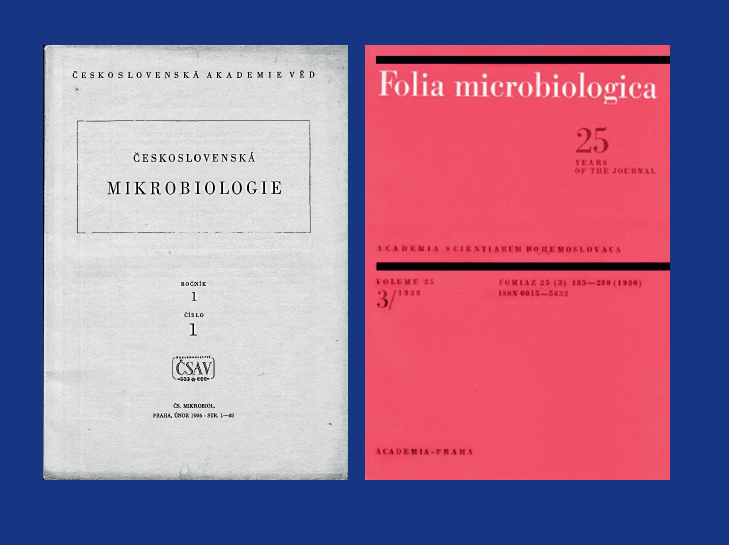
FOLIA MICROBIOLOGICA
- the first issue of the journal was published in 1956 under the title Czechoslovak Microbiology
- At that time, the journal also served as the national microbiological journal
- Folia Microbiologica is closely related to the establishment of the Czechoslovak Society of Microbiology
- the turning point came in 1959, when the journal switched to a fully English version
- in the first 50 years of its existence, over 4,000 articles were published by authors from all over the world
- now the journal is part of the Springer consortium
DISTINGUISHED GUESTS
- in 1975, Alexandr Ivanovič Oparin visited the Institute of Microbiology with the lecture “On the development of life on Earth”. His theories about the origin of life are still relevant today
- in 1995, Eugene Garfield, the “spiritual father” of the impact factor, which serves as an indicator of the importance of professional journals, accepted an invitation from the editors of Folia Microbiologica
- distinguished guests also included several Nobel laureates: Sir Frank Macfarlane Burnet (NC in 1960), Hamilton Othanel Smith (1978), Sir Paul Nurse (2001) and Jules Hoffmann (2011)
- Sir Paul Nurse visited the Institute of Microbiology several times and, before winning the Nobel Prize, collaborated with Ivan Šetlík and Eva Streiblova from the then Czechoslovak Academy of Sciences on a book on cell cycles

Timeline of directors
Directors of IMIC
Significant discoveries, awards and achievements
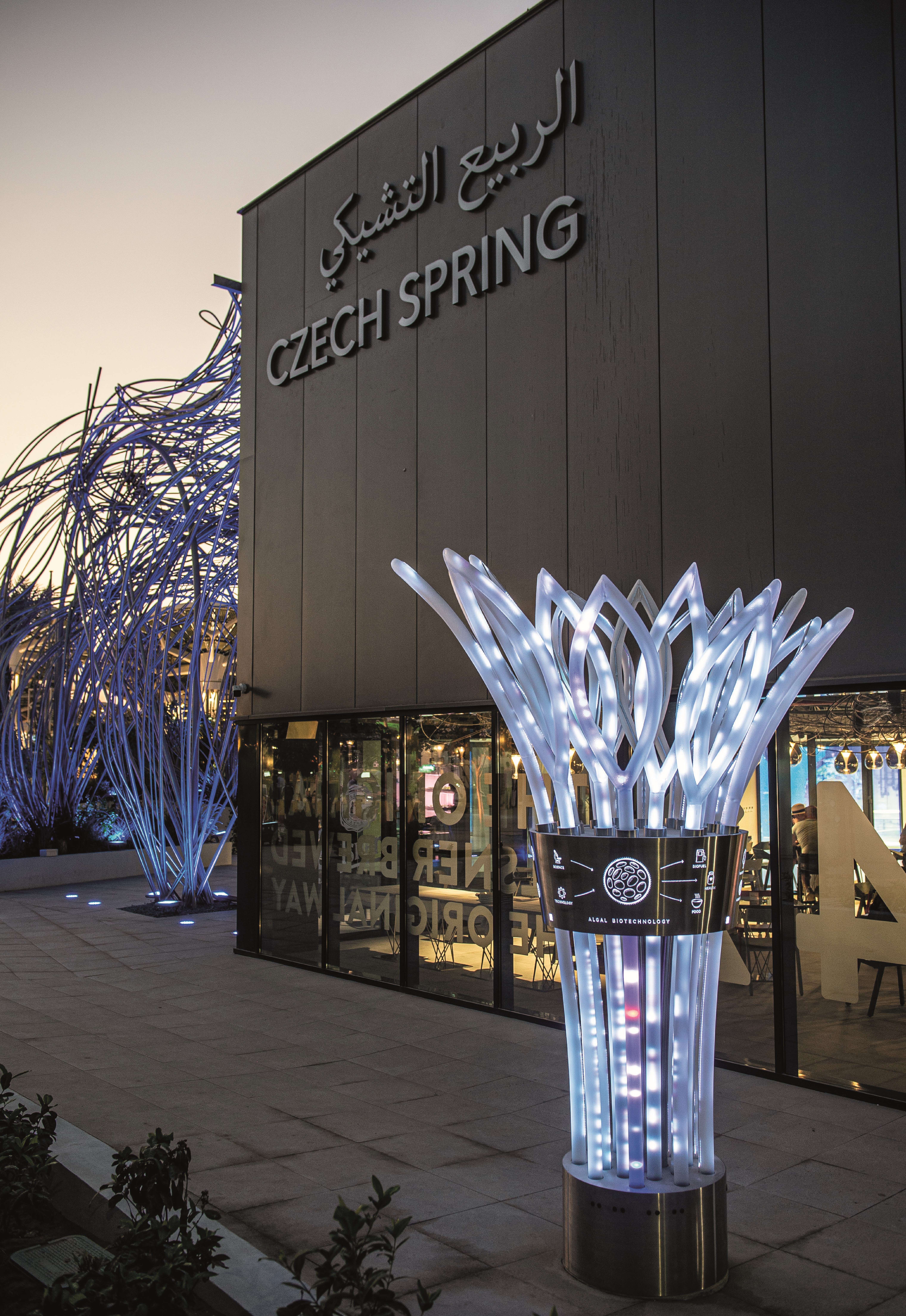
Institute of Microbiology at the world expo
EXPO Dubai 2020
Alga Oasis, an artistically rendered model of a photobioreactor for growing algae by multimedia artist Michal Kohút.

ČSAV award
In 1963
It was awarded to the Institute for the development of a procedure for preparation of a non-bacterial vaccine against anthrax (Department of Immunology).
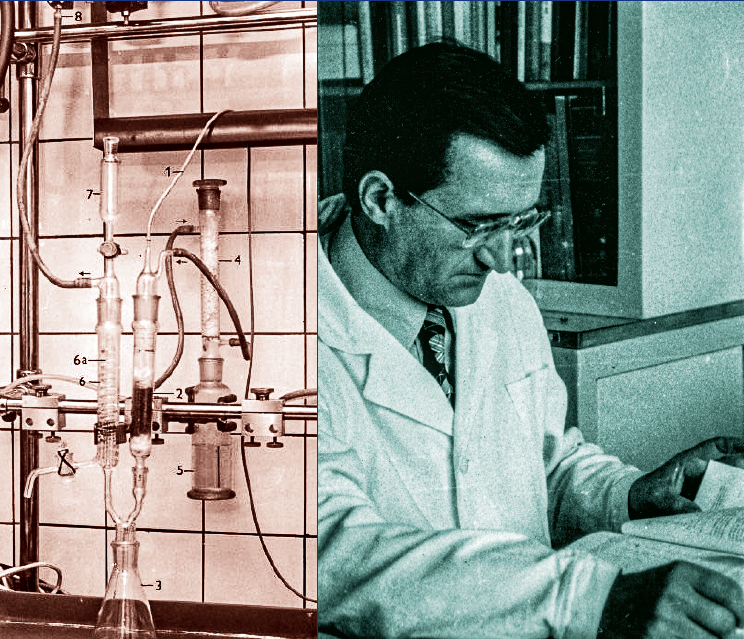
Continuous culture of microorganisms
Ivan Málek was the father of this method
The first technique of continuous microorganism culture was created at IMIC
(long-term study of the metabolism of microorganisms).
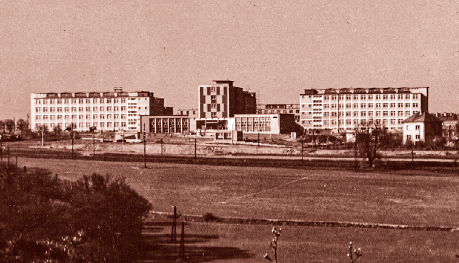
The discovery of mucidin
the only Czechoslovak antibiotic
A Czechoslovak antibiotic that entered clinical practice. It was discovered for human and veterinary medicine by Vladimír Musílek and his colleagues from Krč.
Research sites
Main site in Krč
The Institute of Microbiology (IMIC) is currently the largest institute in the Czech Republic that comprehensively studies the properties of microorganisms, from basic research to their practical use in industry, medicine and many other fields.
- Genetics of microorganisms
- General microbiology
- Biogenesis (formerly the Antibiotics Department)
- Immunology
- Soil and Technical Microbiology
The first three focus on technical research, the remaining three on practical applications.
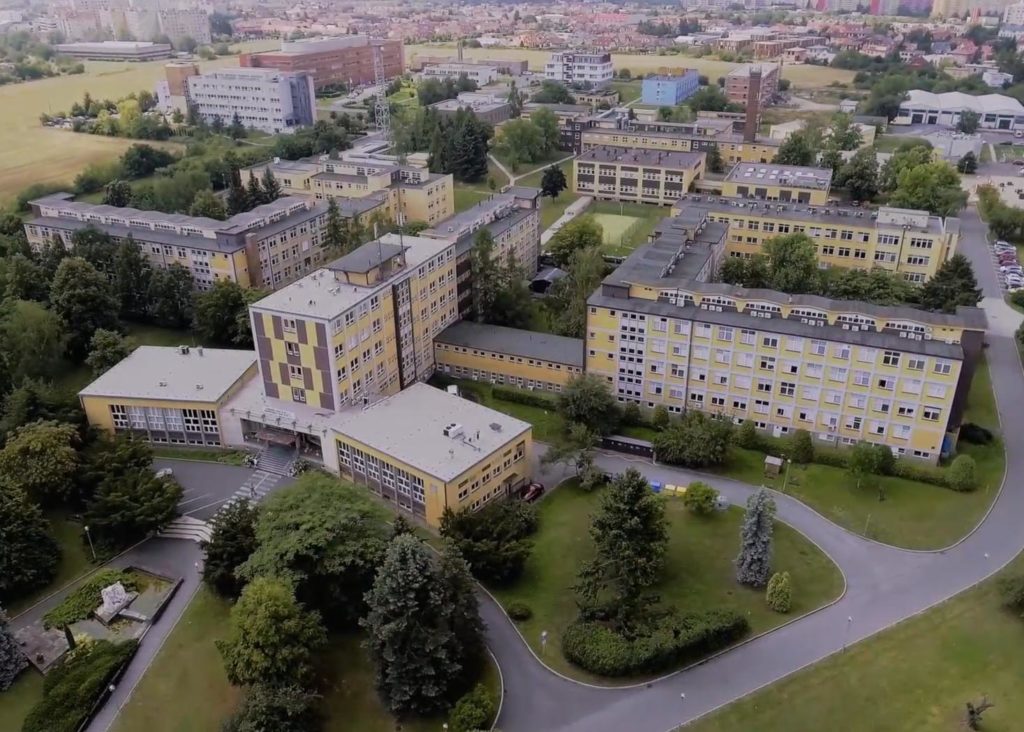

Nové Hrady Château
Since 2016, the Conference Centre Nové Hrady Château in South Bohemia has been part of the Institute of Microbiology
- The château building from the early 19th century is in the Empire style
- conferences, seminars, workshops
- two conference halls, theatre hall, training laboratories
- accommodation – 17 rooms, 36 beds
BIOCEV – Biotechnological and Biomedical Research Centre
BIOCEV, founded in 2015, is a joint centre of the Czech Academy of Sciences and Charles University. It is located in Vestec near Prague and focuses on cutting-edge research in the fields of molecular biology, biotechnology and biomedicine.
The centre brings together more than 400 scientists and students, who work on projects involving the development of new drugs, treatment methods and biotechnological applications.
BIOCEV is equipped with modern laboratories and technological platforms that support interdisciplinary cooperation and innovation in the field of natural and medical sciences.

Remote sites
The main centre in Prague Krč includes two remote sites
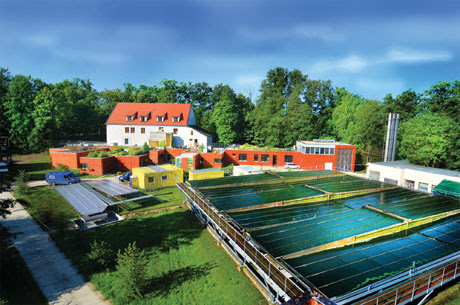
Algatech Centre
Algatech is a remote site of the Institute of Microbiology of the Czech Academy of Sciences located in Třeboň with a special focus on the research of microscopic algae, cyanobacteria and photosynthetic bacteria and their use in medicine and industry.
- 4 laboratories
- 121 employees
- 96 scientists

Gnotobiology Lab
is a remote site in Nový Hrádek. It specializes in scientific research in immunology, physiology and ontogenesis. They investigate the influence of intestinal microflora on the development of immune mechanisms in experimental models of human diseases, with a special focus on monitoring the influence of probiotic (health-beneficial) bacteria on the development of inflammation, allergies and atherosclerosis.
- 1 laboratory
- 46 employees
- 18 scientists

